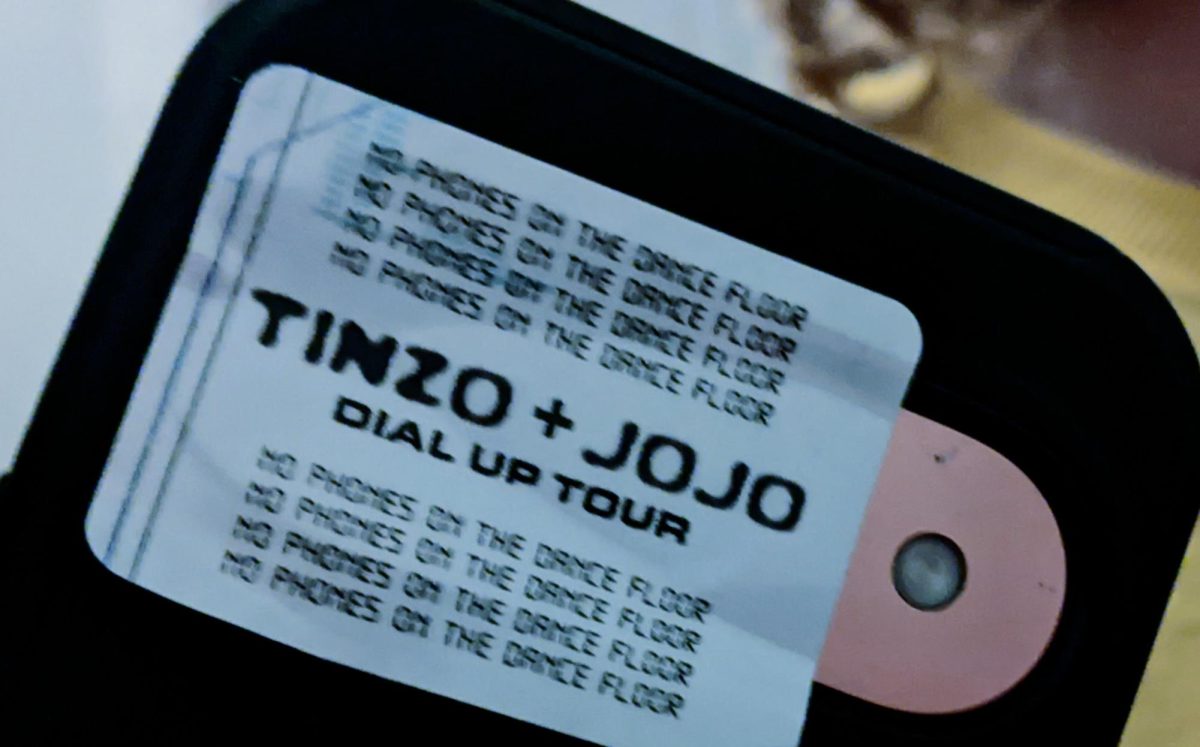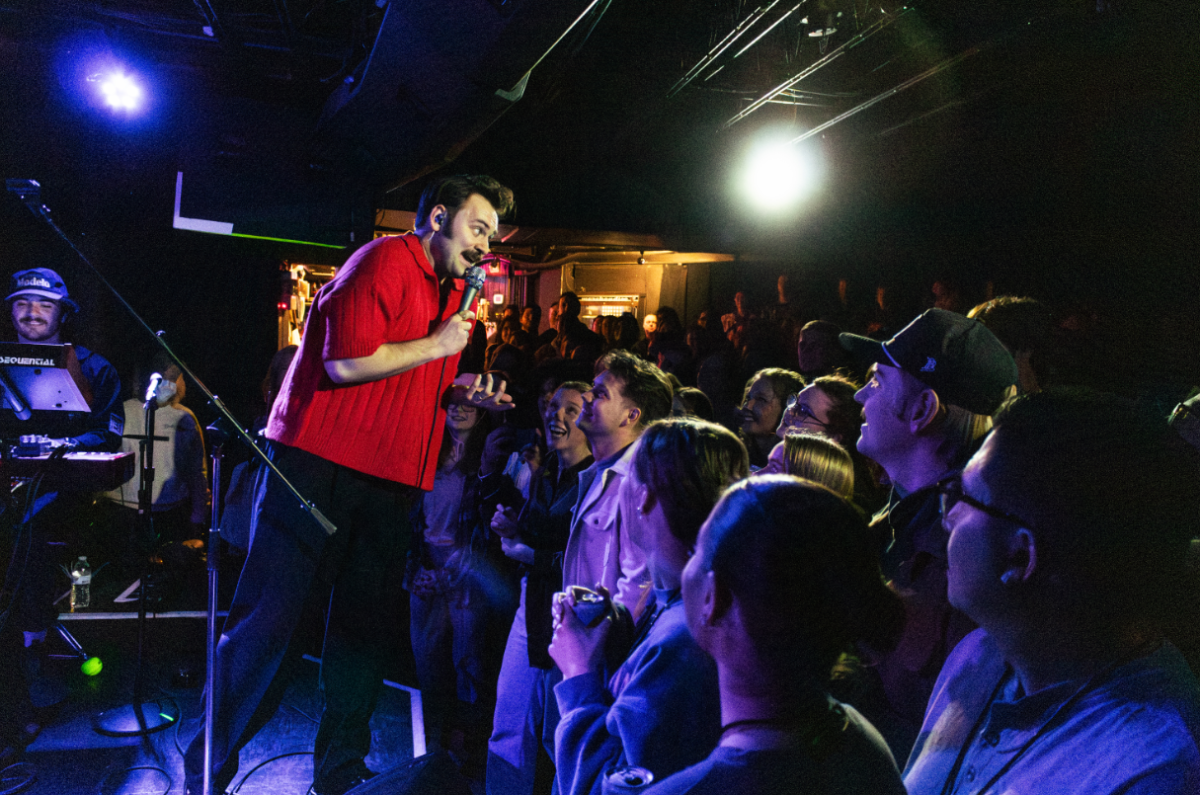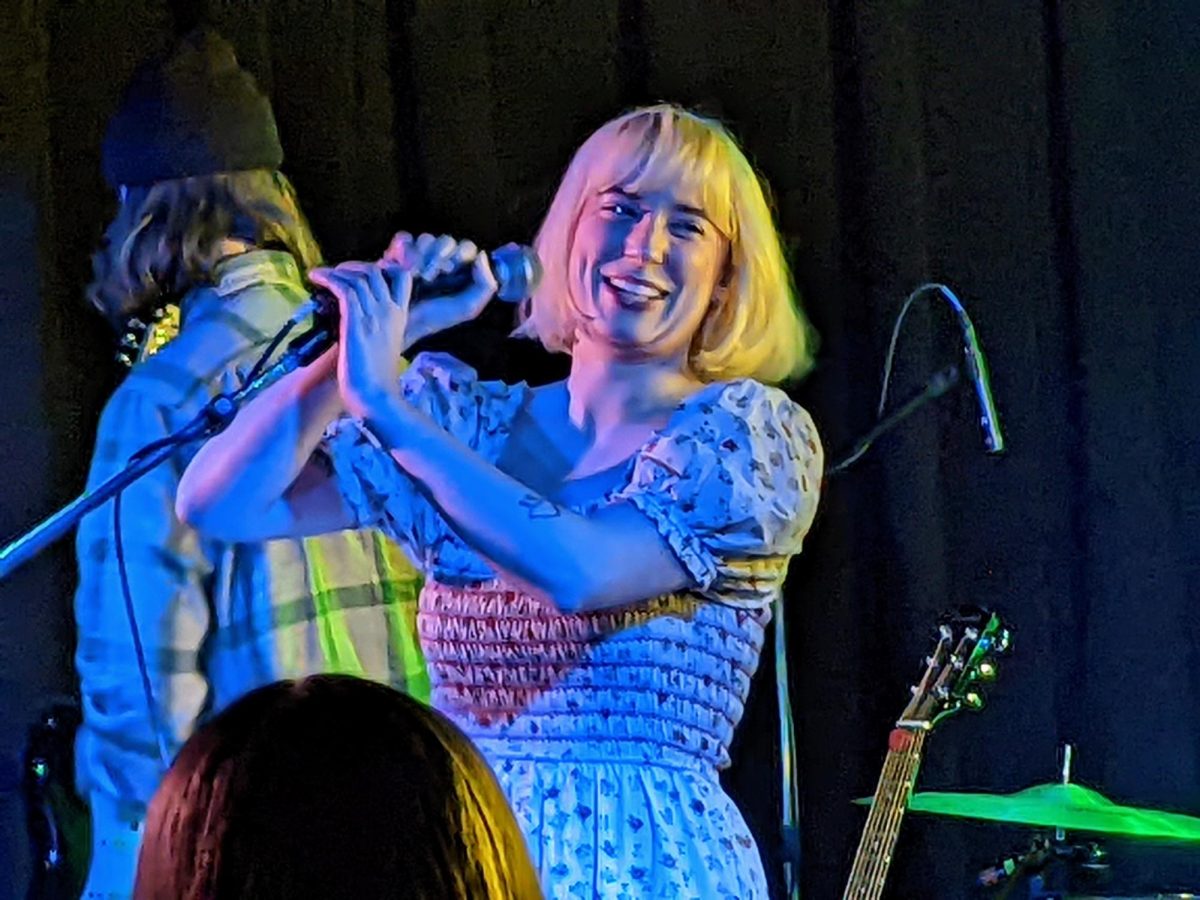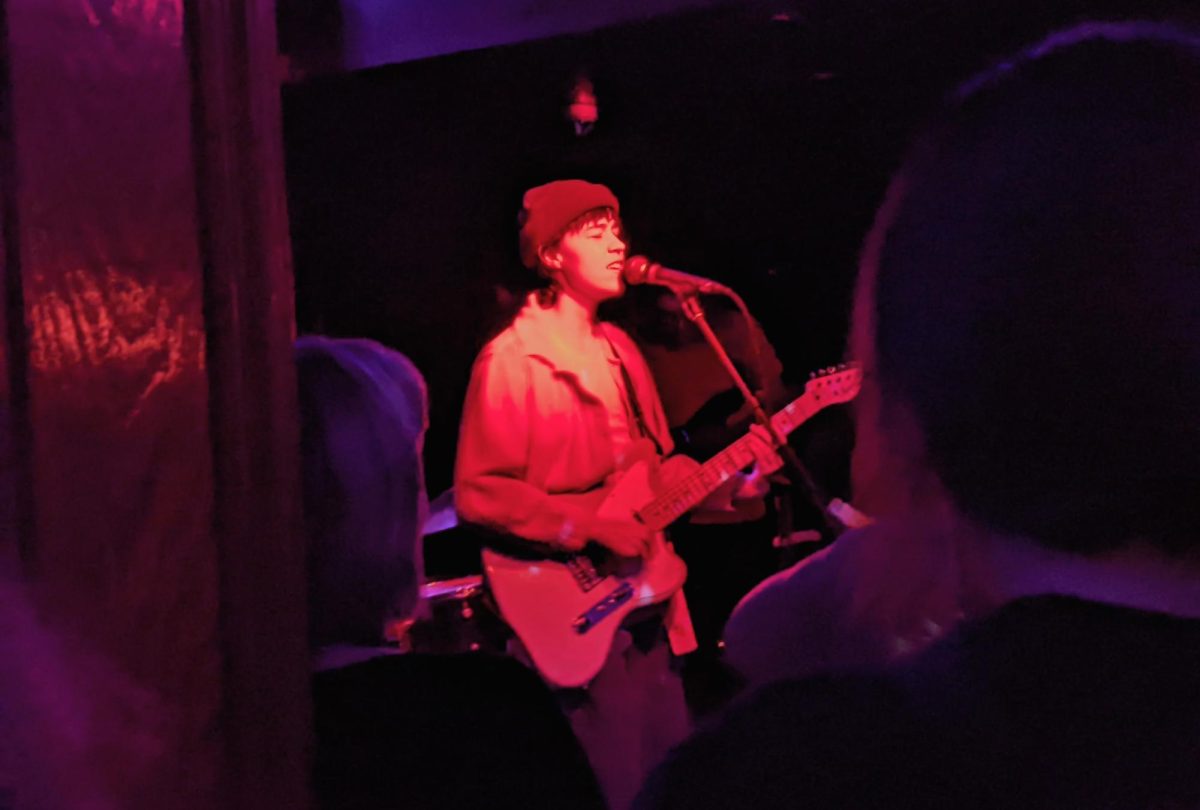The stars on First Avenue’s exterior flaunt the iconic venue’s impressive history, and many of them have been dedicated to local artists and bands.
Out of the nearly 530 stars, close to 65 have roots in Minnesota.
Names like Prince, U2 and Nirvana are displayed alongside local acts such as Atmosphere, The Replacements, Trampled by Turtles and Soul Asylum.
Twin Cities musician Mark Mallman has a star and said the intermingling of names is evidence of the venue’s respect for the local music community.
“All the stars are the same size, and I think that’s crucial,” Mallman said. “My star is the same size as Joan Jett and Ice Cube’s [stars], who are on the top and bottom of me. I think that says that no matter how famous or wealthy you become, we all hold a certain place as an artist. We’re equal.”
Mallman has played over 50 shows on the venue’s various stages.
“For me, it’s like etching your name on the mailbox of your house,” he said. “Like, ‘Ah yes, I live in Minneapolis, I play in Minneapolis, I come from Minneapolis.’”
And having the star motivates Mallman to work hard as a musician.
“Your popularity [as a musician] goes up and down at different times,” Mallman said. “But to have some type of permanence on the wall — it’s an honor. It’s a tremendous feeling. It’s a safe feeling. It’s really home.”
Hugo Escudero, known as DJ Fresko, says having a star helped shape his career — especially when DJ music was still building momentum. After playing his first show in the Mainroom in 1996, he went on to play multiple Latin nights within the venue as well as host the radio show, “Los Lokos Del Techno.”
“It opened a lot of doors for me,” Escudero said, despite no longer having his name on the building. “A star has a lot of power — it was a big deal. Thanks to that star I’m still doing shows.”
When Minneapolis collective and record label Doomtree got its star in 2010, founding member Aaron Mader felt the support first-hand. Known as Lazerbeak, professionally, Mader has seen the local scene grow immensely since he first played the venue nearly 21 years ago.
“I remember when it was kind of unheard of for a local band to have a lead show at First Avenue,” Mader said.
But when he played First Avenue for the first time with his band The Plastic Constellations as a teenager in 1996, they performed to a sold out crowd.
“It was very rare,” Mader said. “First Avenue might have taken a financial loss on a lot of those shows at first, but it showed the community that it was possible.”
Mader feels the home-grown talent pool is reaching a new level of saturation. He says it would be tough to decide who will get a star during the next painting overhaul due in 2020 — a good problem to have.
“I think it’s only getting better,” Mader said. “It’s almost like [there’s a new generation across all genres that’s] really starting to make it.”













